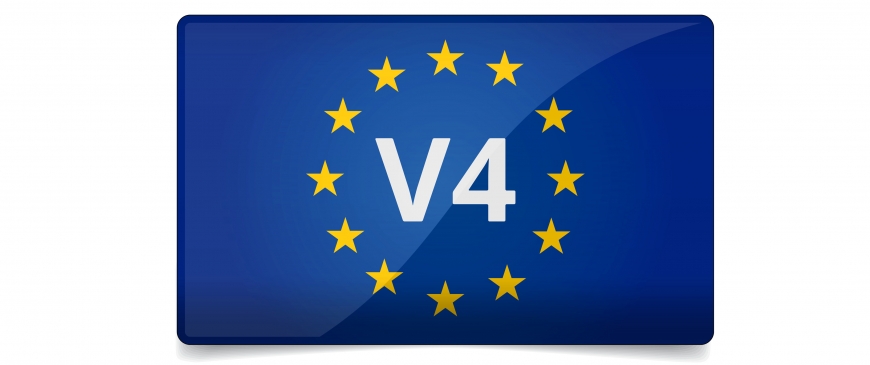
A view on Central Europe: Does the V4 have a future?
In a change to our regular format, CEPI has asked a range of experts from within and outside Central Europe to consider the future prospects of the Visegrad Group (V4) in light of recent challenges to the unity and effectiveness of the V4, and to suggest how the group might realise its potential as a platform for successful political coordination in the region. In the first installment our contributors defended the V4’s record while disagreeing on the scope for future success.
Ian Bond argues that the V4 risks fading into irrelevance unless it can articulate a common position on the Ukraine crisis:
The V4 format was important in getting the Central European countries across the finishing line and into the EU and NATO. The question is whether, 10 years after all four countries acceded to the European Union, it still has a useful role to play. The signs are that the countries are diverging more than converging. Anyone who saw the four Prime Ministers sharing a stage at the GLOBSEC conference in Bratislava in May would have been more impressed by the evident tensions between them than their unity of purpose.
Given the fact that three of the four share borders with Ukraine, the divisions between them on this issue are particularly disappointing. For Poland, Foreign Minister Radoslaw Sikorski, together with his French and German colleagues, led the effort to broker a deal with former Ukrainian President Viktor Yanukovych on February 20th-21st ; and despite historical issues between Poland and Ukraine, the Polish government has been among the most active EU member-states in shaping the Union’s response to events. Hungary, on the other hand, has seemed at times to be aligning itself with Russia’s preferred solution of “federalisation” – particularly when Prime Minister Viktor Orban, in his inaugural address in May, called for ethnic Hungarians in Western Ukraine to have some form of communal autonomy. Prime Minister Donald Tusk of Poland called Orban’s comments “unfortunate and disturbing”. Meanwhile, the Czech Republic and Slovakia have largely stayed on the side-lines, though Slovakia, with some pushing from the Commission, negotiated an agreement to pump gas back to Ukraine in order to help the country to survive if Russia reduces or cuts off the gas supply to punish Kyiv.
This lack of unity on Ukraine is a missed opportunity for the V4 to show its continued relevance. They could be the spear-point of EU efforts to help Ukraine reform. They have the credibility of countries which made the transition from communist to capitalist economies, from totalitarianism to democracy. They can advise Ukraine on the basis of first-hand knowledge how it is done. And if Ukraine begins to make real progress, they can be its advocates if it seeks EU membership. From this point of view, the Slovak Presidency Programme is weak. Though it mentions “a clear European perspective” for Georgia and Moldova and talks in vague terms of “transferring experience gained during the process of transformation, the implementation of Association Agreements, building administrative capacities (institutions and experts) and the approximation of EU laws and standards”, the activities foreseen for the period of the Presidency do not include anything specifically designed to give the reform process in Ukraine an initial impetus, such as a V4 twinning programme, or meetings of sectoral experts with Ukrainian counterparts. Verdict: must try harder!
Ian Bond is director of foreign policy at the Centre for European Reform
